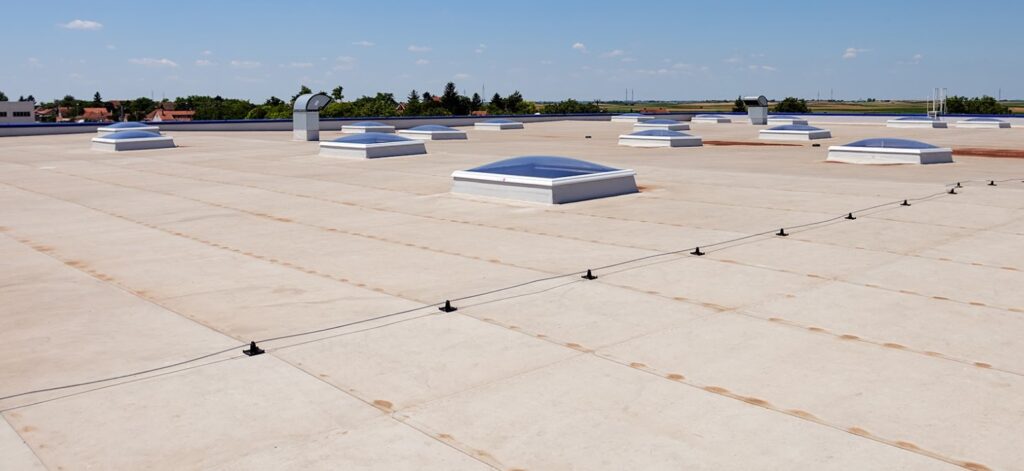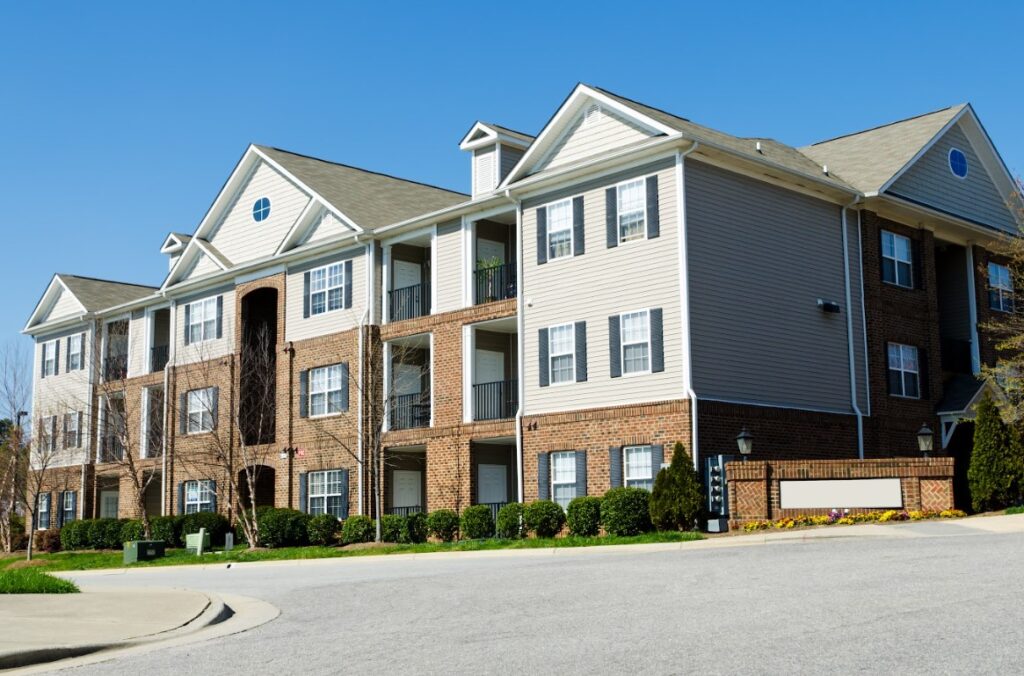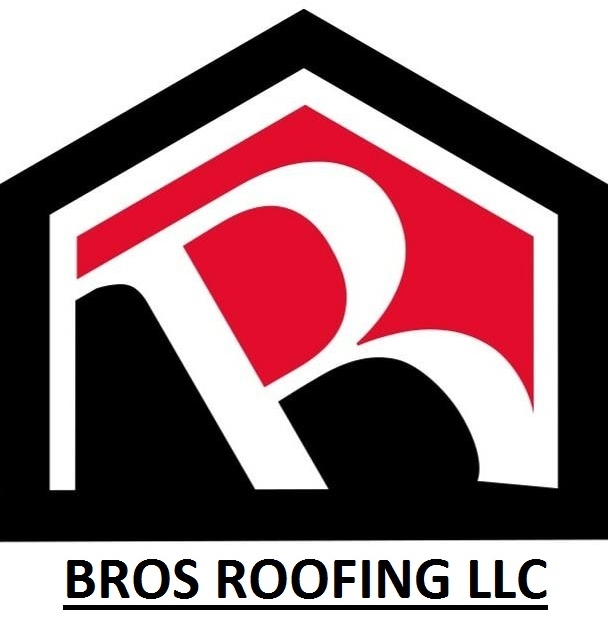Choosing the right roof style for your home isn’t just about looks—it’s about how well it will stand up to the unique weather challenges we face here in Western Colorado. From heavy snow in the winter to strong summer sun and the occasional high-wind day, our roofs work overtime.
Two of the most common roof styles—flat and sloped—each have their own strengths, weaknesses, and ideal applications. The trick is knowing which one fits your home’s needs, budget, and long-term plans.
At Bros Roofing, we’ve worked with both designs for years, so we know what performs best in our local climate. Let’s break down the pros, cons, and considerations for flat roofs versus sloped roofs in Western Colorado.
Flat Roofs: The Modern Minimalist
Flat roofs aren’t completely flat—they have a slight pitch to allow water to drain. They’ve become a favorite in modern and contemporary home designs, as well as for certain commercial buildings.
Advantages of Flat Roofs:
- Extra usable space – Flat roofs can be turned into rooftop patios, gardens, or solar panel platforms.
- Modern curb appeal – Their clean lines pair well with contemporary architecture.
- Easier access – Flat roofs are safer and simpler for maintenance, cleaning, and repairs.
- Lower initial cost – Generally less expensive to build due to fewer materials and simpler framing.
Challenges with Flat Roofs:
- Drainage concerns – Even with a slight slope, flat roofs are more prone to water pooling, which can lead to leaks over time.
- Snow load management – In Western Colorado, snow removal may be necessary to prevent excessive weight on the structure.
- Material choice matters – Flat roofs require specialized waterproofing membranes like TPO, EPDM, or modified bitumen for durability.
Best Fit:
Flat roofs work best for low-snowfall areas, modern homes, or when you want to make use of rooftop space for leisure or green energy solutions.

Sloped Roofs: The Classic All-Weather Performer
Sloped roofs are what most people picture when they think “roof”—angled designs that shed rain and snow with ease. In areas with seasonal weather shifts like ours, they’re often the go-to choice for both residential and many commercial properties.
Advantages of Sloped Roofs:
- Excellent drainage – Rain and melting snow slide right off, reducing the risk of leaks.
- Snow handling – The slope prevents heavy accumulation, lowering the risk of structural stress.
- Versatility in materials – Asphalt shingles, metal panels, wood shakes, clay tiles—you name it.
- Long lifespan – With proper installation and maintenance, sloped roofs can last decades, especially when built with durable materials.
Challenges with Sloped Roofs:
- Higher installation cost – More materials and complex framing can raise the price compared to flat roofs.
- Maintenance access – Repairs and cleaning require more safety precautions and can take longer.
- Wind vulnerability – Depending on pitch and design, high winds can lift shingles if they’re not installed correctly.
Best Fit:
Sloped roofs are ideal for Western Colorado’s snow-heavy winters, homes with traditional or rustic designs, and homeowners looking for the longest-lasting, lowest-maintenance option.

Key Considerations for Western Colorado
When deciding between a flat or sloped roof here in our region, climate is the deciding factor—but it’s not the only one.
1. Snow Load
Sloped roofs handle snow naturally by letting it slide off. Flat roofs require occasional snow removal to avoid overloading the structure.
2. Drainage
Water runoff is faster on sloped roofs, while flat roofs rely on carefully engineered drainage systems to prevent pooling.
3. Sun Exposure
Both styles can be designed to withstand intense UV rays, but flat roofs make solar panel installation easier.
4. Style Preference
If you love clean, modern lines, a flat roof delivers. If you prefer classic Western Colorado architecture, sloped roofs complement the style beautifully.
5. Budget
Flat roofs tend to cost less to build initially, but maintenance may be more frequent. Sloped roofs cost more upfront but can have lower lifetime repair costs.
Flat vs. Sloped: Quick Comparison Table
| Feature | Flat Roofs | Sloped Roofs |
| Snow Handling | Needs manual removal in heavy snow | Naturally sheds snow |
| Drainage | Relies on engineered drainage systems | Excellent natural runoff |
| Aesthetics | Modern, minimalist | Classic, versatile |
| Material Options | Limited to specialized membranes | Wide variety: shingles, metal, tile, etc. |
| Maintenance | Easier access, more frequent upkeep | Harder access, less frequent upkeep |
| Lifespan | 20–30 years (with proper care) | 25–50+ years (depending on materials) |
Which Should You Choose?
If you live in a high-snowfall area of Western Colorado and want a time-tested, weather-ready option, a sloped roof is usually the way to go. If you’re in a milder microclimate, have a contemporary home, or want to make your rooftop a usable space, a flat roof can be a fantastic fit.
At Bros Roofing, we’ve installed and maintained both styles, so we can help you weigh the pros and cons for your specific location, design goals, and budget. We’ll walk you through material choices, drainage solutions, and long-term maintenance plans to make sure your roof isn’t just a good fit—it’s the perfect one for you.
Your Roof, Your Way—We’ll Help You Get It Right
Whether you’re dreaming of a modern flat roof with a rooftop deck or a classic sloped roof ready for snowy winters, the key to making the right choice is working with a roofer who understands Western Colorado’s climate.
Bros Roofing in Grand Junction, Colorado has the expertise to recommend, install, and maintain the roof style that will protect your home for years to come. From the first consultation to the final nail, we’ll make sure your roof is as functional as it is beautiful.
If you’re ready to explore your roofing options—or need advice on upgrading your current roof—contact us today. We’ll help you decide between flat and sloped so you can feel confident your home is covered, no matter what the weather brings.



